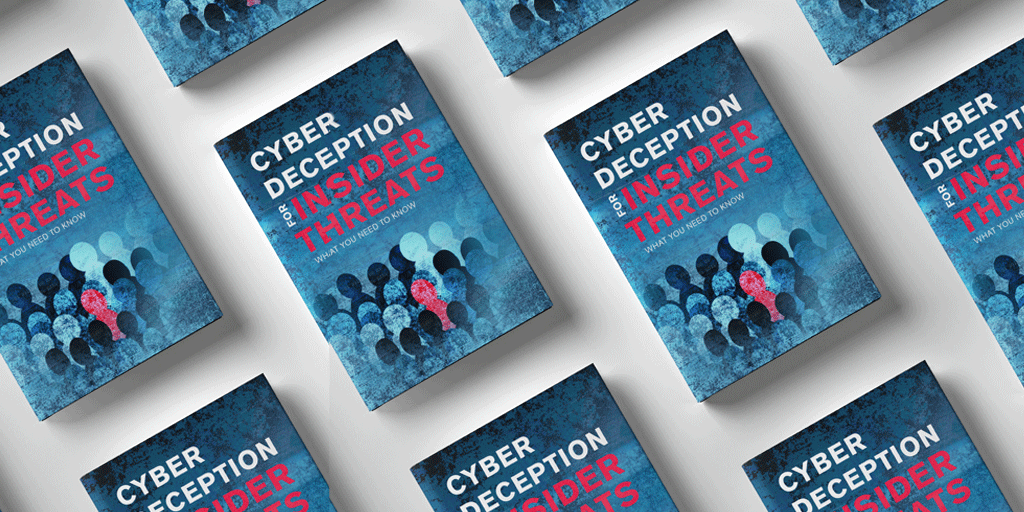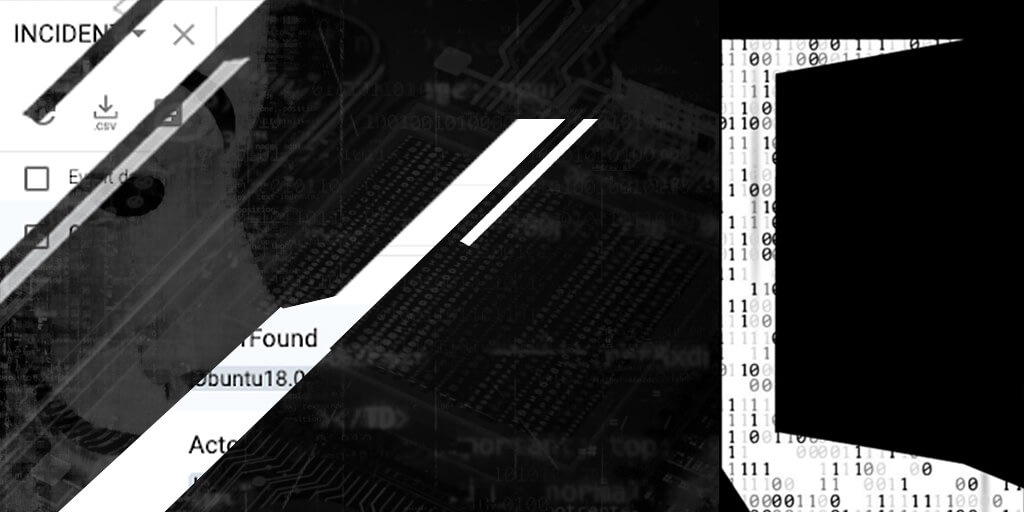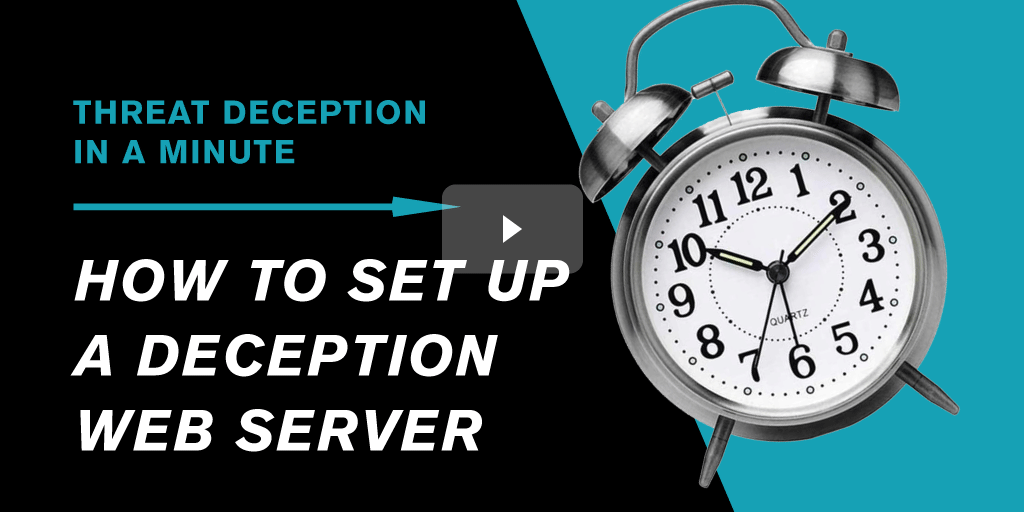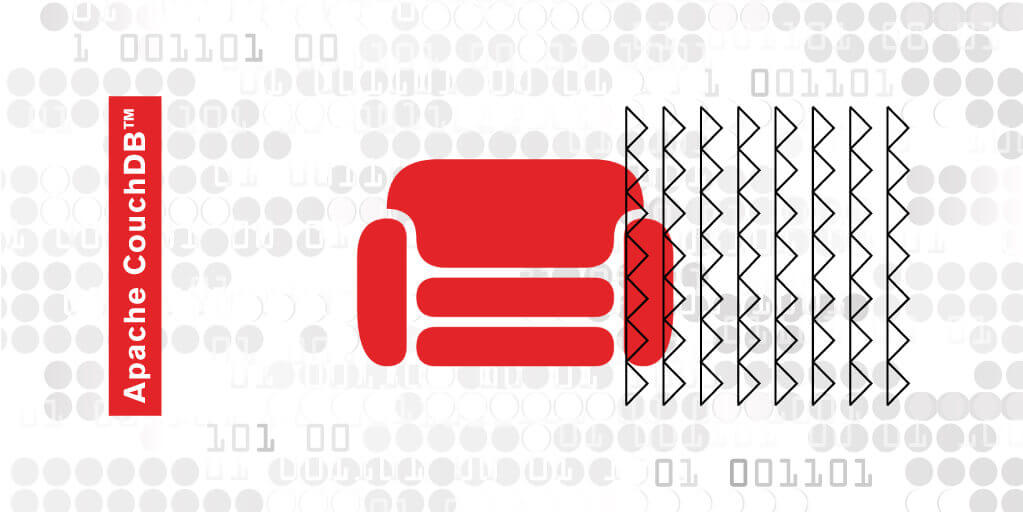Cyber deception is the most effective way to identify threat actors in any organization’s network. CounterCraft delivers actionable threat intelligence across industries.
-
{Ebook} Cyber Deception for Insider Threats: What You Need to Know
Download our ebook today to learn all about insider threat and how to stop it Read more
-
Categories: Threat Intelligence
IOCs, Intel, and Additional Resources from the BPFDoor Compromise
In our webinar about a step-by-step BPFDoor vulnerability, we discussed a compromise step-by-step with Nicole Carignan, CounterCraft Customer Success Manager, and David Barroso, CEO. Here you have the IOCs and other intel gathered by our deception tool. Read more
-
The Human Behind the Keyboard: Analyzing Behavior to Gather Intelligence
Behavioral analysis can be enhanced with cyber deception. In this blog, we look at an example with a red team exercise in which our deception environment allowed us to observe the red team, giving us the visibility we needed to extract important threat analysis Read more
-
How to Set up a Deception Web Server | Threat Deception in A Minute
Threat Deception in a Minute highlights just how simple it is to get powerful deception technology set up in your network. This edition features how to set up a deception web server. Whether you’re a current customer or wondering what it’s like to utilize deception, you’ll find these videos quick, interesting and helpful. Read more
-
A BPFDoor Compromise | Founder Chat
The founders of CounterCraft talk about the BPFDoor compromise and go through the step by step. Watch the video now Read more
-
Categories: Threat Intelligence
Active exploitation of Apache CouchDB CVE-2022-24706
Active exploitation of Apache CouchDB CVE-2022-24706 Read more











